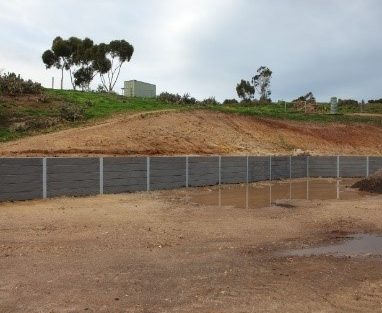When considering ways to decorate and enhance a retaining wall, some homeowners may opt for an artificial path along it. Artificial paths, often made of composite materials such as rubber or plastic pavers, are a great way to add a visual element to the wall, while also making the area easier to traverse. Moreover, given their synthetic nature, these types of pathways require less maintenance than natural stone walks.
On one hand, advocates for artificial pathways may be attracted to their vibrant colours and lightweight material, which can blend seamlessly with a variety of retaining wall styles. Furthermore, they are easily installed and replaced and can even be customised according to shape and size. Finally, users may appreciate their non-slip surfaces and high durability in cold climates.
However, there are also some drawbacks associated with these pathways. For instance, they tend to look suspiciously artificial upon close inspection –– that is, if compared to their natural counterparts –– and can fade over time due to sun exposure. Additionally, they lack texture and have a tendency to heat up during warmer months. Furthermore, they do not absorb water well and can become slick when walked on with wet shoes. On account of this latter issue, users should exercise caution when traversing these pathways after rainfall or after sprinklers are used nearby.
Overall, both sides must be weighed before committing to any form of walkway for a retaining wall: those looking for an easy-to-instal pathway that requires minimal maintenance may prefer the artificial version; on the other hand those who desire a more organic feel may opt for more traditional options such as a gravel or stone walkway. Ultimately, the decision depends on what each user would like out of their retaining wall design.

